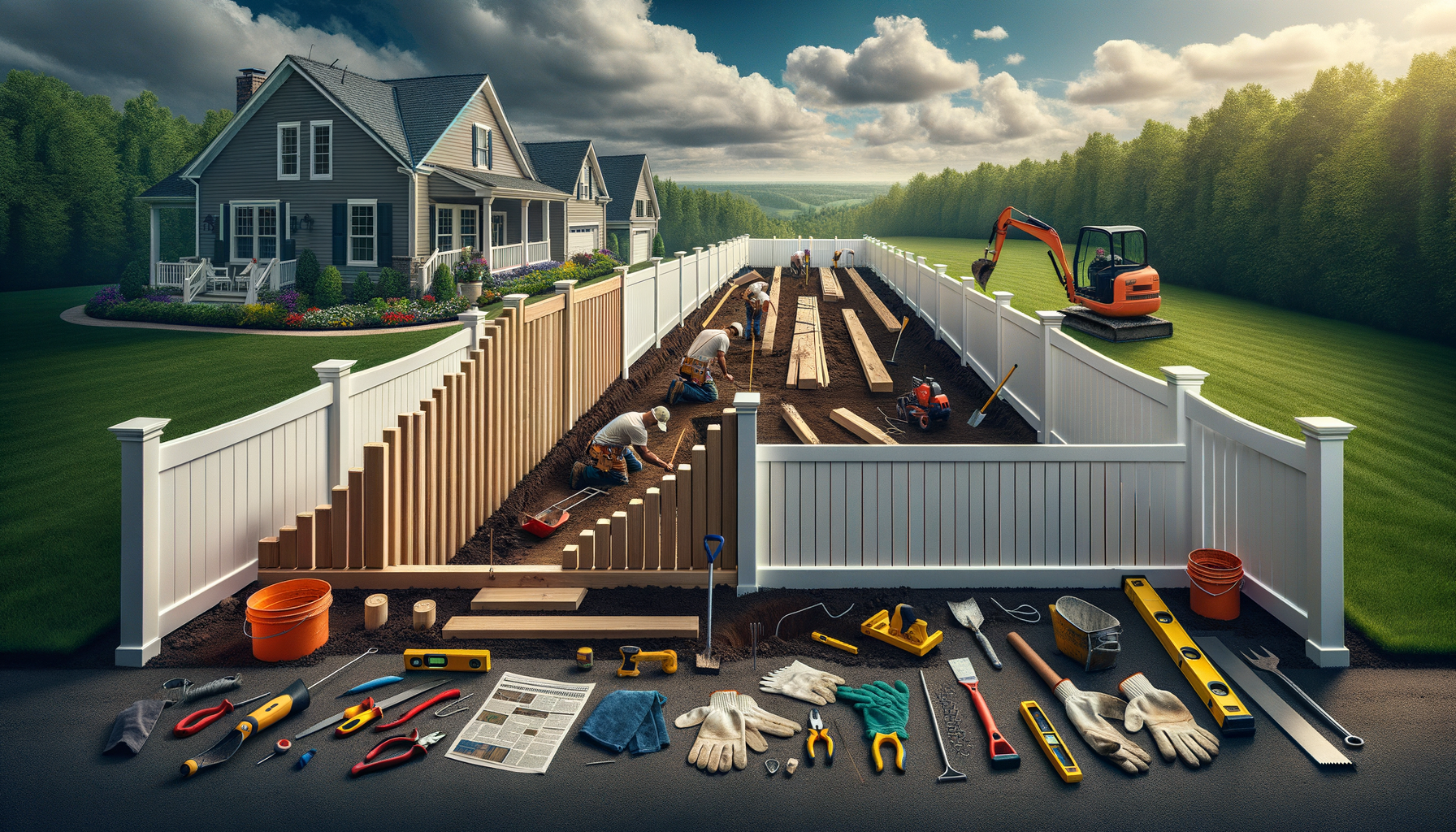Understanding the Importance of Fence Installation
Fence installation is more than just a property boundary; it plays a crucial role in enhancing privacy, security, and aesthetic appeal. In today’s world, where privacy is a growing concern, a well-installed fence can provide a safe haven for families. Moreover, it acts as a deterrent to potential intruders, thereby adding a layer of security. Additionally, fences contribute significantly to the property’s overall appearance, providing a finished look that complements the landscape. When considering a fence, it is essential to think about the purpose it will serve, as this will guide the choice of materials and design.
Types of Fencing Materials
Choosing the right material for your fence is pivotal, as it affects the durability, maintenance, and cost. The most common materials include wood, vinyl, and metal. Each of these materials has its unique features:
- Wood: Known for its natural beauty and versatility, wood is a popular choice. It can be painted or stained to match any aesthetic. However, it requires regular maintenance to prevent rot and insect damage.
- Vinyl: This material is known for its durability and low maintenance. It does not require painting or staining, making it an excellent option for those looking for a long-term solution.
- Metal: Options like aluminum and steel provide a sturdy and secure barrier. They are highly durable and can be designed with various patterns to add elegance to the property.
Each material comes with its pros and cons, and homeowners should weigh these against their needs and budget.
Steps in Fence Installation
Installing a fence involves several critical steps that ensure the structure is secure and visually appealing. The process typically includes:
- Planning and Permits: Before installation, it’s essential to plan the fence layout and check local regulations to obtain necessary permits.
- Marking the Area: Clearly marking the boundary ensures the fence is installed in the correct location and avoids disputes with neighbors.
- Digging Post Holes: Properly spaced and deep holes are vital for stability. The depth often depends on the height and type of fence.
- Setting the Posts: Posts are set in concrete to provide a sturdy foundation, which is crucial for the fence’s longevity.
- Attaching the Panels or Rails: Once the posts are secure, the panels or rails are attached, completing the fence structure.
Each of these steps requires precision and expertise, which is why many homeowners opt for professional installation services.
Cost Considerations and Budgeting
The cost of fence installation can vary widely depending on several factors, including material choice, fence height, and length. Here’s a breakdown of considerations:
- Material Costs: Wood tends to be less expensive upfront but requires more maintenance, while vinyl and metal have higher initial costs but lower maintenance expenses.
- Labor Costs: Professional installation ensures quality but adds to the overall cost. DIY installation can save money but may not provide the same durability and finish.
- Additional Features: Gates, decorative elements, and extra height can increase costs but also add to the fence’s functionality and appearance.
Homeowners should assess their budget and prioritize features that meet their needs while staying within financial limits.
Maintenance and Longevity
Once installed, maintaining a fence is crucial to ensure its longevity and continued performance. Different materials require different care approaches:
- Wood: Regular staining or painting is necessary to protect against weathering and pests.
- Vinyl: Generally low maintenance, requiring only occasional cleaning with soap and water.
- Metal: Requires rust prevention treatments and occasional repainting to maintain its appearance and strength.
Routine inspections can help identify issues early, such as loose posts or damaged panels, allowing for timely repairs. With proper care, a fence can last for many years, providing ongoing benefits to the homeowner.








